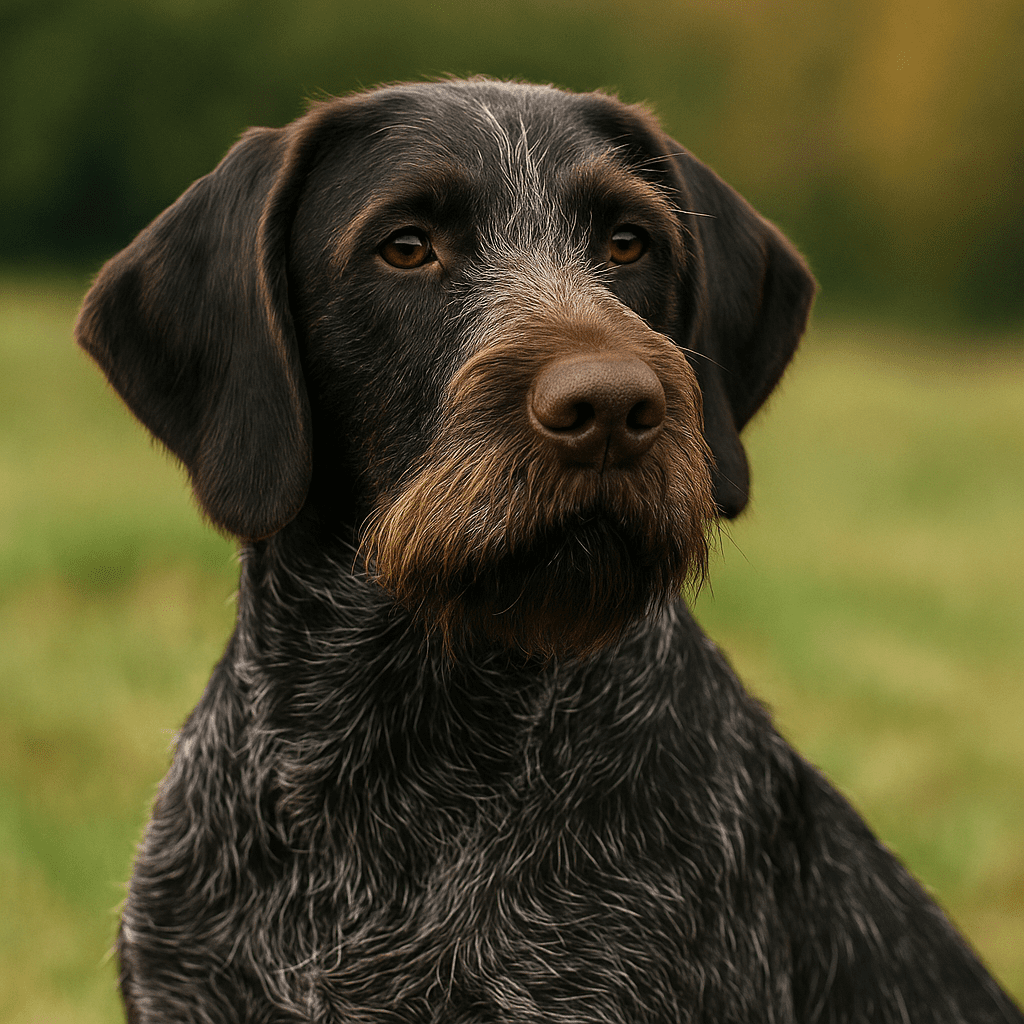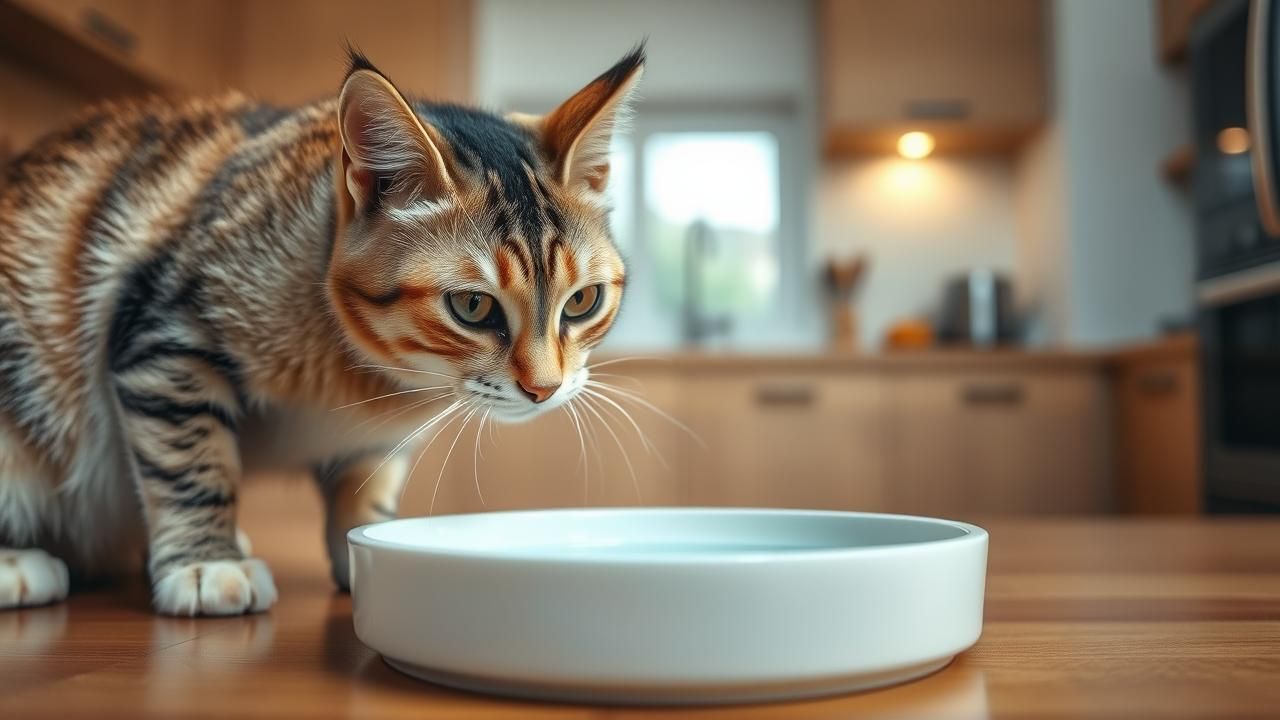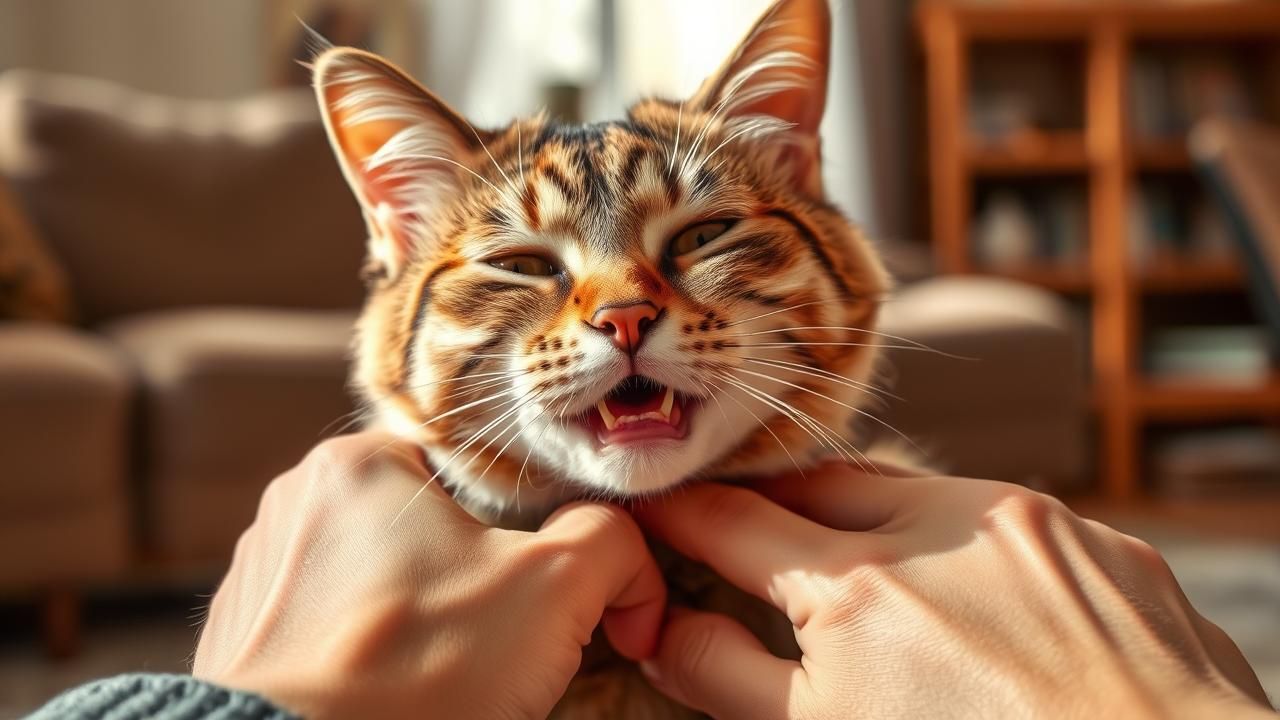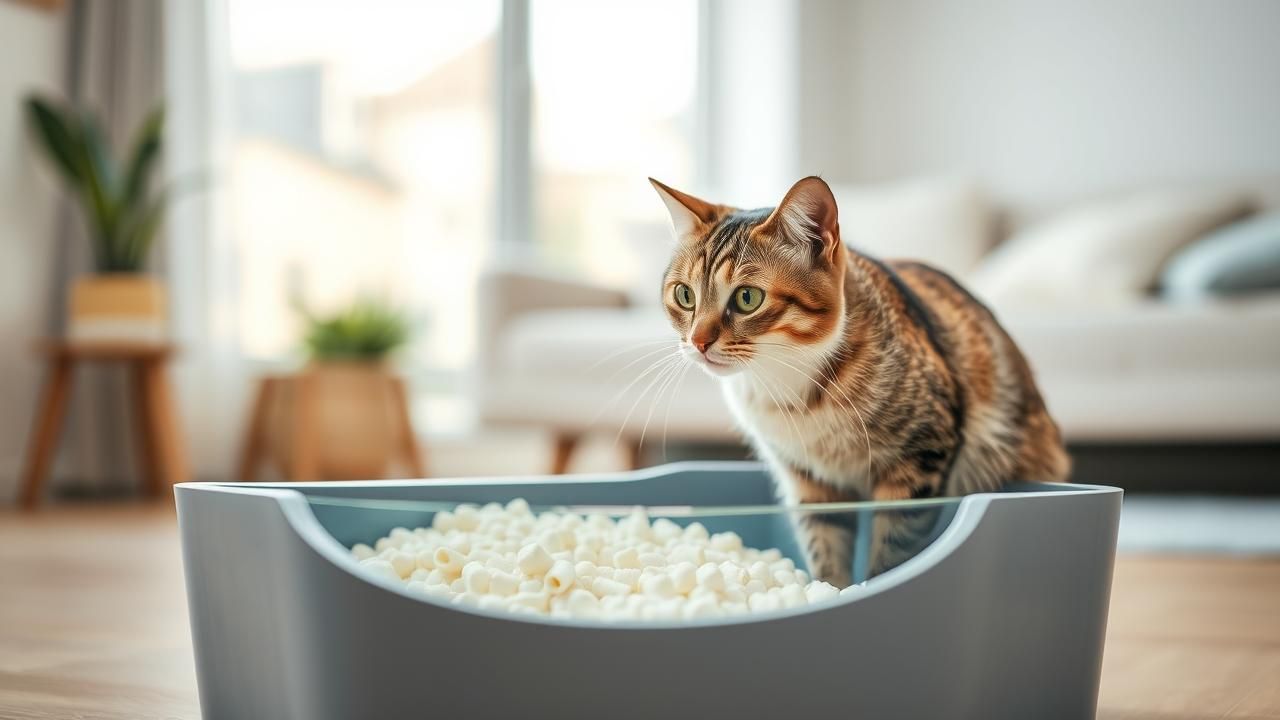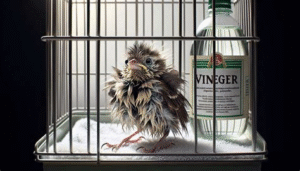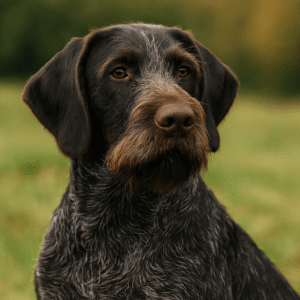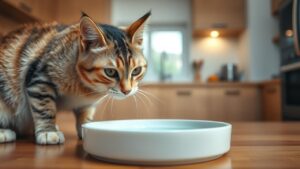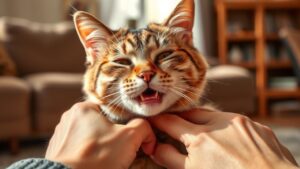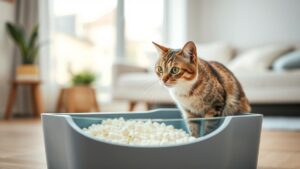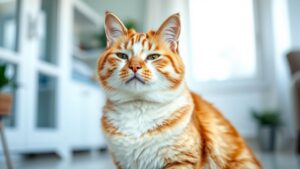The French Trotter is a type of sport horse. You may be curious about the exact size of this breed. This article can help with that. Here, we will share the specific measurements that make these horses stand out.
The French Trotter horses are between 15.1 to 16.2 hands (154-167 cm) tall. They are built to race and are sturdy. These horses have a special mix of power and strength. This is because people carefully bred them since the 1800s in Normandy, France.
If you want to own, breed, train, or ride horses, understanding standard trotters is important. Breeders improved horses over time to be the perfect trotting machines. They focused on every part of the horse’s body, from the slanted shoulders to the sturdy back legs, through selective breeding.
The data and drawings define the racing heart in this story. We will explore the carefully measured details of this breed.
Historical Development and Origins
The story of the French Trotter began in the lovely Normandy region of France in the early 1800s. This special breed came from a carefully planned breeding program. The goal was to create the best trotting horses for racing.
Early Foundations
This breed started in 1806 at Champ de Mars in Paris. There, the first trotting races were held. The native Norman horses were the base for this breed. Local breeders chose these horses because they were hardy and strong. The breeders also added other horses to the breed through breeding.
Influential Bloodlines
There were different horse breeds that helped shape the French Trotter. The Norfolk Roadster gave speed and endurance. British Hackney horses added accuracy and high action. Later, American Standardbreds were included to increase racing capabilities. Carefully adding Thoroughbred blood created a sportier and faster horse than before.
Official Recognition
The popularity and success of the breed led to creating a specialized book in 1906. This event provided information on breeding standards and horse identification. The French Trotter was officially recognized as a distinct breed in 1922.
Selective Breeding Program
Therefore, in 1937, the pure-breed book was closed to all breeds except for a few with exceptions. The steps to the breeding way let them control a breed. These steps included breeding horses that were great trotters and racers.
Modern Evolution
The French Trotter breed has a long history. It was bred carefully for over 200 years. In the past, it was a “multi-purpose” horse. Now, it is a specialized racing horse. But it is still versatile for other equestrian activities. The French Trotter is the most successful and impactful horse in France. It does well in both harness and riding races.
Breed Formation Through Selective Breeding
The French Trotters were created through genetic changes. Breeders in 19th century Normandy, France worked to make the perfect trotting horse. They carefully bred the best horse breeds at the time. This step-by-step process led to horses with amazing speed, power, and stamina.
Foundation Breeds
The process started with the native Norman horses. The Carrossier Normand influenced them. This breed was known for its physical strength and stamina. They used British Hackney and Norfolk Trotter bloodlines. This helped develop the natural trotting ability in the local horses. Also, the mix of American Standardbred genetics refined the speed of the breed. This improved the horse’s racing abilities.
Breeding Objectives
The main aim was to make horses that were. Breeders wanted to create horses that had certain features. They focused on breeding horses with particular traits. The goal was to produce horses with specific characteristics.
– The strongest trotting ability.
Here is the content with improved readability: . .Muscles are strong.
– The power to race is natural.
Here is the improved version of the content: . .Being stamina superiors.
An ideal build for sports.
Selective Process
Horse breeders used very careful selection methods. They only used the best horses for breeding. They judged horses based on their racing performance, body shape, and movement quality. This strict tradition continued even after the studbook was closed in 1937. A few exceptions were made, but the tradition mostly stayed the same.
Modern Breeding Standards
Breeding programs only allow a third of foals to become racehorses. This has led to the French Trotter breed having the highest standards. The ancestors are not overbred, keeping the breed pure yet impressive. .The French Trotter breed is known for its height, weight, colors and lifespan.
Physical Standards and Characteristics
One interesting trait of French Trotters is their strong muscles. This shows their power and grace. The French breed of these horses is usually between 154-167 cm (15.1 to 16.2 hands) tall.
Build and Structure
Here is the improved version of the content with a Flesch-Kincaid Grade Level below 8: . .Horses are weighed to check their body structure. The most common horse breed used for racing is strong and sturdy. They have a wide chest and well-sprung ribs. Lung capacity is very important in racing. French Trotters have physical features like a large chest and hindquarters to have enough lung capacity. The horse’s stomach is usually big and stabilizing. It has a large volume for gas exchange, which is crucial for long-distance running. The chest muscles help the horse control its rapid heart rate and supply enough oxygen. The horse needs to drop its head if there are jumps ahead. However, some horses may not perform well. To find the problem, radiation, blood, and urine tests should be done.
Trotters have strong, clean legs. Their joints are good-sized and tendons are clear. The hooves are very strong and well-formed. This means the horse does not get tired when running. Most French Trotters have excellent, strong bones. These features are very important for a horse’s jumping and running abilities.
Color and Appearance
French Trotters usually come in brown, bay, or chestnut colors. Black is rare. White markings on the face and legs are common, but they are small. Certain health issues can cause hair loss, dull fur, or slow coat growth. These include allergies, parasites, obesity, malnutrition, and poor digestion. Understanding these factors can help maintain a healthy coat for French Trotters.
What often happens with these horses is they become great great-grandparents. This combines the elegance of Thoroughbreds with the strength of Norfolk Trotters. Their athleticism is appealing due to their determination and compassion. This makes them unique among horses.
Motion and the Study of Gait
The French Trotter has a unique diagonal walking pattern. This makes it stand out from other trotting breeds. The French Trotter is very powerful and efficient when moving in harness racing. This makes the French Trotter the top breed for this sport.
Diagonal Moving Style
This horse breed has a two-beat trotting pattern. The diagonal pairs of legs move together. One leg goes backward while the other goes forward. This movement helps the horse gain speed and power. The horse stays balanced even at high speeds.
Stride It Has
The French Trotters have long steps. Each of their steps goes farther than other trotting breeds. Their slanted shoulders and hindquarters give them a smooth, graceful, and sporty movement.
Racing Quality
In races, horses trot over 30 mph. They naturally gallop at high speeds. This is because they are bred and trained well. In the end, the horse’s special endurance is seen in its ability to keep up this fast trot over long distances.
Biomechanical Efficiency
The French Trotter has a balanced body form. Their shoulders slope, and they have a strong back and well-developed hindquarters. This allows them to take fast yet efficient strides. This body structure gives them a biomechanical advantage that improves their racing performances.
Training Implications
Proper training from a young age is key to a horse’s gait mechanics. Trainers focus on rhythm, balance, and muscle development. This helps the natural trotting movement. Training also teaches the horse to respond to cues like the crop command. Regular exercise and conditioning routines prevent gait issues and maintain healthy movement patterns.
Racing Excellence and Performance
The French Trotter is a strong horse in harness racing. They are very powerful and can run for a long time. Their movements are also good. This makes them a tough opponent on the track.
Racing Achievements
The French Trotters often compete in major horse racing events. These include The Prix d’Amérique and The Prix de Cornulier. Their high stamina is important in races over both short and long distances. They can usually outperform other horses and sulkies in these events.
Here is the content with improved readability: . .Horses have powerful bodies. They can easily run at 35 kilometers per hour while trotting. Some champion horses have covered 3-4 kilometers at this speed. Horses are naturally good at moving and have great endurance. They must work hard to succeed in competitive racing. This is why they are famous for their success in racing.
Training and Development
The fitness and training of French Trotters start at a very young age. This helps bring out their racing potential. However, only about one-third of the French Trotters become racehorses. This shows the selective nature of the breed’s racing program.
With trainers’ help, the horse’s natural gait can be improved. The horse also becomes stronger and can last longer. The proper training program includes the following: .
– Doing speed training is helpful.
– Interval training has short bursts of intense exercise. It’s followed by less intense activity or rest. This type of exercise helps improve fitness.
– Exercises to improve how you walk.
– Endurance is built through activities.
– Race practice sessions help you test your car’s performance. These sessions let you see how your car handles in real racing conditions. Practicing helps you prepare for the actual race.
Horses need regular health checks and good food to perform their best. Horse experts work with vets. They make training plans to help horses perform well and avoid injuries.
Health Considerations and Management
French Trotters are athletic animals. They need to be watched closely and kept healthy to perform well. Their racing background makes them sensitive to certain conditions. They need to be carefully monitored because of the stress and climate they face.
Common Health Issues
Besides facing lung issues, racehorses are prone to stomach ulcers. This happens when they are stressed from racing. Osteochondrosis is another problem. This is a joint deformity that occurs when the cartilage develops too much. This prevents the horses from moving freely. These health issues can lead to poor performance.
Preventive Care
Regular veterinary check-ups should focus on joint health and breathing. These check-ups are important. Vaccinations protect animals from common diseases like rabies and flu. This vaccination schedule must be followed. Dental care is very crucial too. Proper teeth alignment affects eating habits. This leads to better overall health.
Exercise Management
Horses need a balanced exercise program. This prevents both under and over-conditioning. Horses need regular, constant work to stay fit. But they also need rest periods. The program should have a variety of workouts. This includes warm-ups and cool-downs. This protects their muscles and skeletal systems.
Nutrition Requirements
Here is the improved version of the content with a Flesch-Kincaid Grade Level below 8: . .Horses need a healthy diet. Their food should let them use their natural athletic abilities. But it shouldn’t cause digestive issues. The forage should be high quality. It should also have good concentrates. The concentrates should match the horse’s activity level. Water and minerals are basic needs for horses. Horses need water and minerals to balance the electrolytes in their body. This helps them function properly.
Environmental Considerations
Proper ventilation in stables can lower the risk of breathing problems. Determining horse well-being is about their comfort level. If the area is clean and spacious, the horse’s physical and mental well-being will be good. This should be done to prevent stress-related health issues.
Nutritional Requirements
The French Trotter is an animal that needs great care and a balanced diet. This is because the French Trotter is a high-performing animal. They need a good diet to stay healthy. Their diet is very specific. This is because they are always involved in intense racing and training. The diet has to be made to meet their specific needs.
Basic Dietary Components
The diet of a French Trotter mostly includes top-quality hay or grass, around 60-70%. The rest should be concentrates, grains, and essential supplements. Fresh, clean water should always be available. Horses typically drink 5-10 gallons of water per day.
Energy Requirements
These powerful horses need a lot of energy to stay active. A racing French Trotter usually needs 25-35 Mcal of digestible energy per day. This can be given with a mix of: .
– Grass hay of good quality.
Alfalfa is a type of hay. Hay is feed for animals like cows, horses, and sheep. Alfalfa hay is a popular choice for animal feed. It provides useful nutrients. Farmers often grow alfalfa to make hay for their livestock.
Performance feed concentrates on what your competitors are doing. This lets you see how your business measures up. You can find areas to improve and set better goals for your company’s growth.
– Racing supplements are for special uses.
Essential Nutrients
Here is the content rewritten to improve readability while keeping the Flesch-Kincaid Grade Level below 8: French Trotters need key nutrients to stay healthy for racing. These horses need special care to perform their best. Their diet must have the right mix of vitamins and minerals. The trainer must watch their food closely. Making sure the Trotters eat well is very important. This keeps the horses strong and ready to race.
Protein should be 12 to 14 percent of your daily diet. Eating the right amount of protein is important. It helps your body grow and stay healthy.
– Calcium: Get 35 to 40 grams of calcium each day.
– People need about 25-30 grams of phosphorus each day.
– Vitamins A, D, E, and vitamins in group B are important for your health.
– Trace minerals like zinc, copper, and selenium are important.
Feeding Schedule
The best amount of food for French Trotters is 3-4 meals per day. This helps the horse digest food and have high energy. Smaller meals more often are better than big meals all at once, especially when the horse is training.
Conclusion
The French Trotter is a special breed of horse. To fully understand this breed, you need to know its different parts and what they mean. The French Trotter is a great mix of power, speed, and elegance. These athletic horses typically stand between 15.1 and 16.2 hands tall. Their sturdy build allows them to be used for harness racing. This is because breeders have carefully selected for these traits over time.
One may want to add a French Trotter to their stable. Or, they may want to learn more about horses. The size of horses can vary, even if they are the same breed. Not every horse in a breed is exactly the same. Slight differences within the breed are normal. What makes French Trotters extraordinary is their athletic ability. They also win important races like the Prix d’Amérique.
If you want to learn more about French Trotters, you can visit breeders or racetracks. This will let you see the fast and graceful events that show how amazing these horses are. Their looks, speed, and confident movements prove they are an excellent breed.
FAQs
What is a lifespan of a French Trotter horse on average?
France Trotters are horses that can live for 25 to 30 years if cared for properly. They stay healthy and strong even in their later years. Many of these horses can still race in harness racing until they are 10-12 years old. After that, they are often used for riding activities or breeding programs.
How can we compare the French Trotter with other trotting breeds by speed?
French Trotters are very fast horses. American Standard breeds are also very fast. In harness racing, these horses can run at speeds of 35 mph. This fast trot is a competitive form of racing, especially at events like the Prix d’Amérique.
First-of-all, can French Trotters be good for beginners or recreational riders?
French Trotters are mainly for racing. But they can also be trained for recreation. These horses are smart and have good balance. This makes them good for beginners. But they need regular care and exercise to use their strengths well.
What are the different nutrition needs of French Trotter during training?
French Trotters need a high-calorie diet during training. They also need veterinary check-ups. These horses have strong muscles. Farmers must care for their joint health, warm-up routines, and exercise to build muscle. This prevents diseases and keeps the muscle tone perfect. It keeps the horse in top fighting shape. This helps the competitor perform at their best.
Can French Trotters excel in disciplines other than harness racing?
Of course, horses can serve humans in many ways. Horses are smart, strong, and independent animals. Retired racehorses often become jumping or riding horses later on.
What genetic health conditions are common in French Trotters?
Osteochondritis dissecans (OCD) is common in French Trotters. This is because breeders have focused on speed and performance when selecting horses. To solve this issue, the key is regular vet checkups, proper diet, and a careful breeding program. This helps maintain the breed’s health and well-being.


